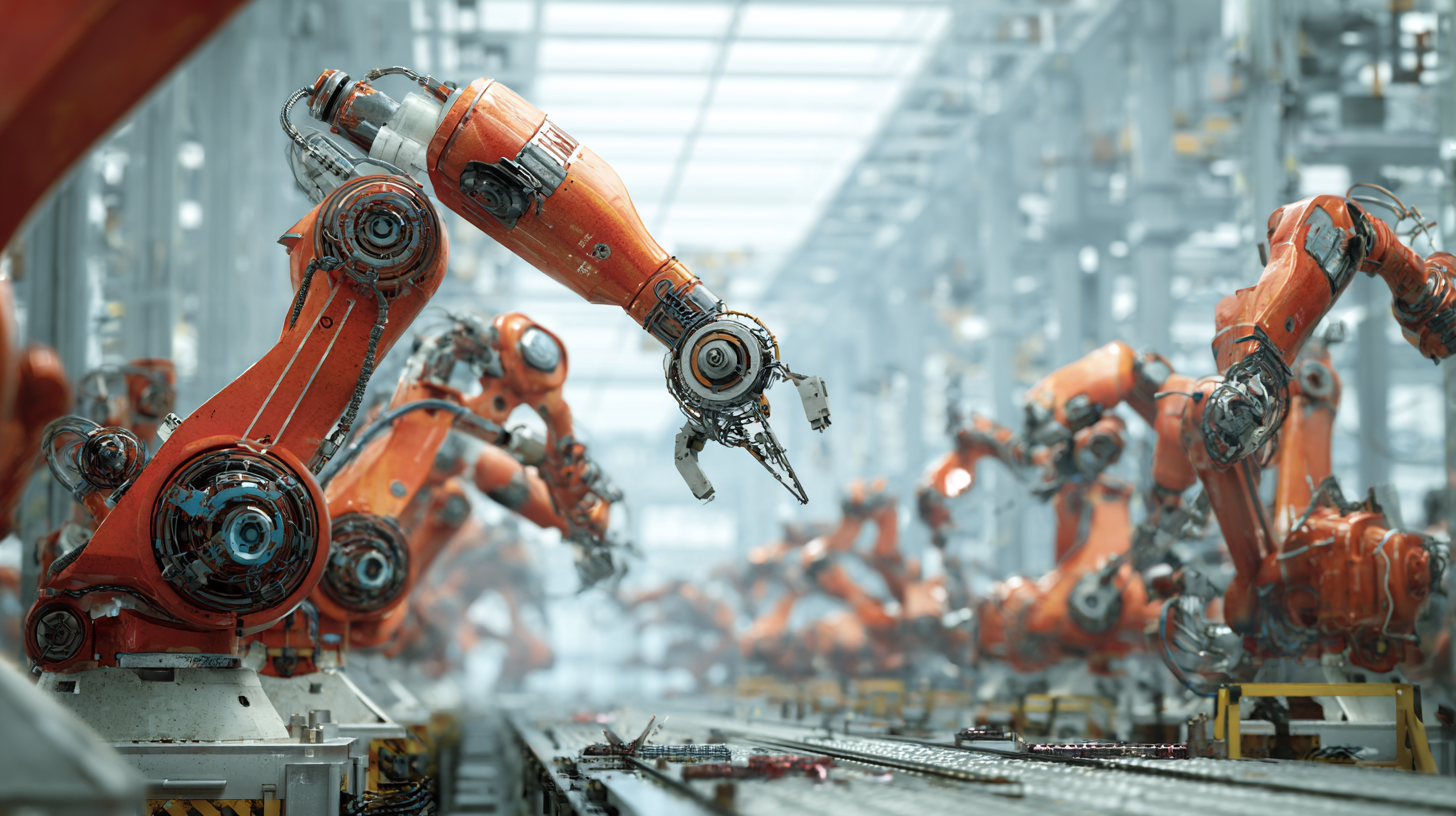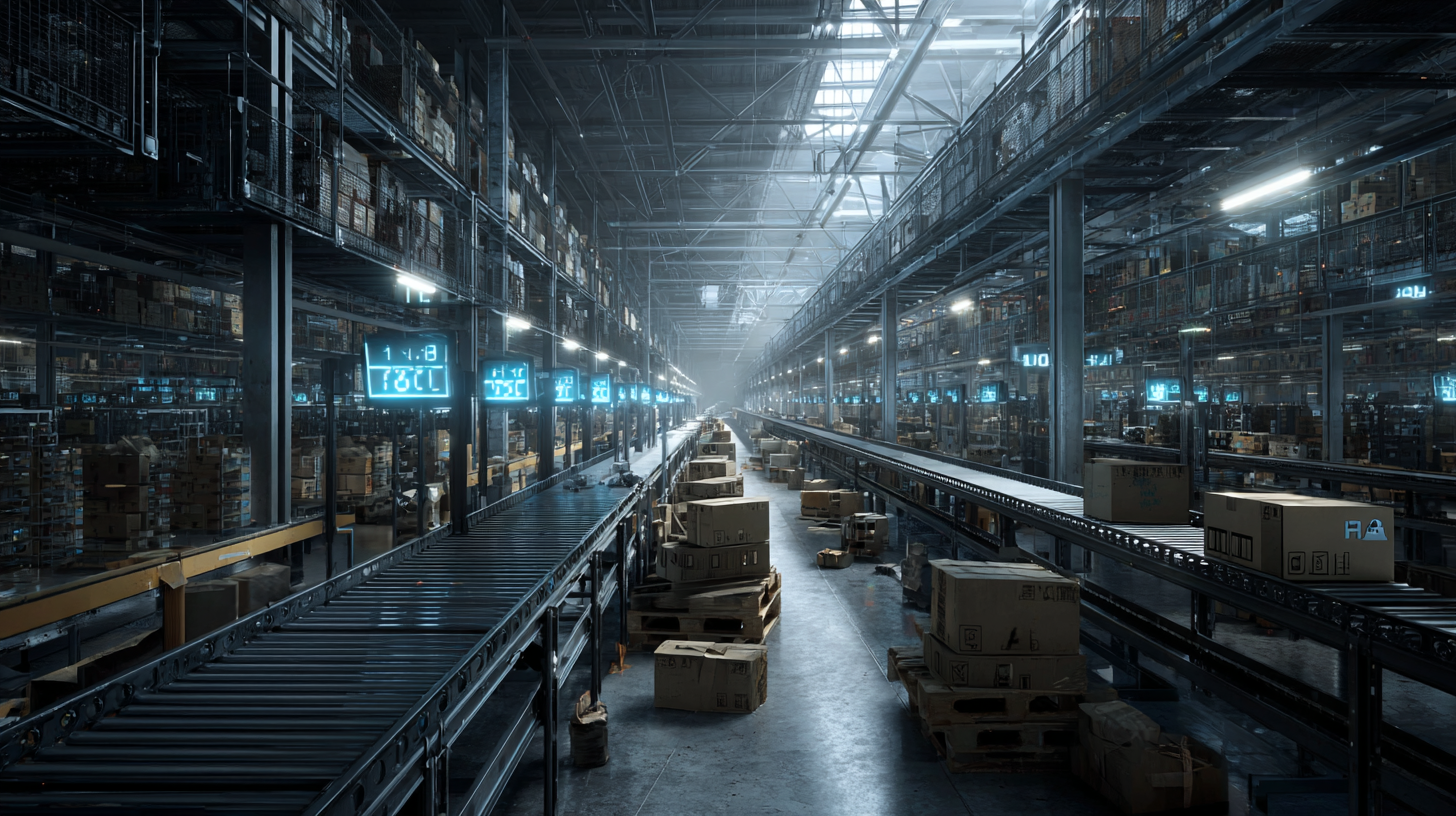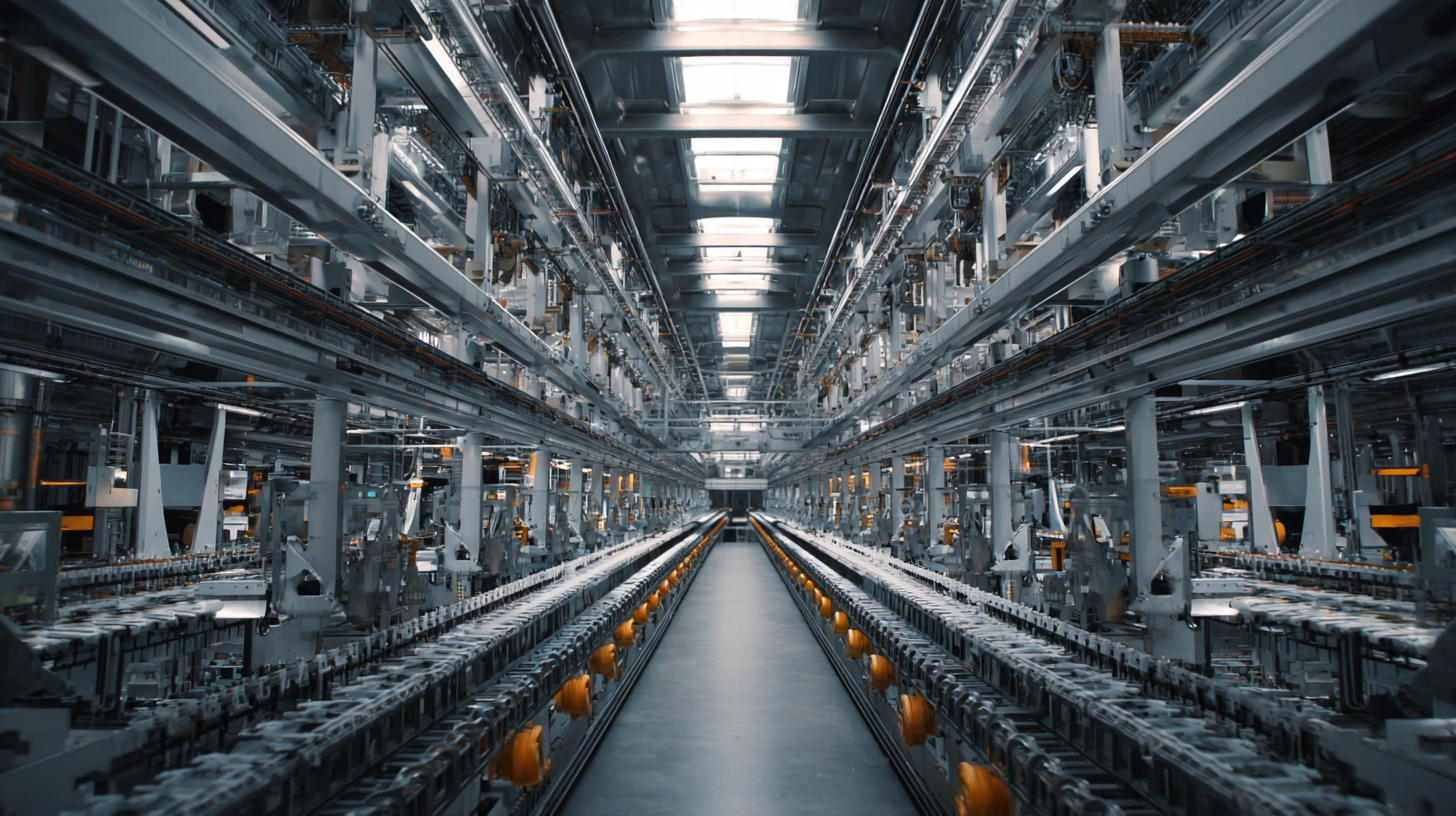


As we move towards 2025, the manufacturing landscape is on the brink of a transformative leap driven by cutting-edge factory innovations. According to a recent report by McKinsey, it is projected that advanced manufacturing technologies could increase productivity by up to 30% while simultaneously reducing costs by around 20%. Embracing Industry 4.0 principles, factories are evolving with the integration of artificial intelligence, IoT, and robotics, allowing for unprecedented levels of efficiency and customization.
 Moreover, a survey from Deloitte indicates that 79% of manufacturers are prioritizing digital transformation to keep up with market demands. In this rapidly changing environment, understanding how to adapt to these factory innovations is crucial for businesses aiming to remain competitive and meet the expectations of a more informed consumer base. This blog will explore key strategies that manufacturers can implement to leverage these innovations effectively and thrive in the upcoming industry landscape.
Moreover, a survey from Deloitte indicates that 79% of manufacturers are prioritizing digital transformation to keep up with market demands. In this rapidly changing environment, understanding how to adapt to these factory innovations is crucial for businesses aiming to remain competitive and meet the expectations of a more informed consumer base. This blog will explore key strategies that manufacturers can implement to leverage these innovations effectively and thrive in the upcoming industry landscape.
As we look toward the factory landscape of 2025, several key innovations are poised to reshape the way we manufacture and operate. One of the primary drivers of change is the rise of smart factories, where interconnected machines and IoT (Internet of Things) devices enhance productivity and efficiency. By utilizing real-time data analytics, manufacturers can monitor equipment performance, optimize production processes, and predict maintenance needs, all of which contribute to minimizing downtime and maximizing output.
Another significant innovation is the integration of artificial intelligence and machine learning into manufacturing systems. These technologies enable advanced predictive analytics, allowing factories to adapt to changing market demands quickly. For instance, AI can automate quality control processes, ensuring that products meet high standards while reducing waste. Furthermore, the implementation of collaborative robots, or cobots, can augment human labor, helping to streamline tasks and enhance workplace safety.
Lastly, sustainable practices continue to gain momentum in the modern factory environment. Innovations in energy-efficient machinery and sustainable materials are becoming essential components of a factory’s operational strategy. By adopting cleaner technologies and reducing carbon footprints, manufacturers not only comply with environmental regulations but also appeal to a consumer base that increasingly values corporate responsibility and sustainability in production practices.
| Innovation Type | Description | Impact on Efficiency | Adoption Rate (%) |
|---|---|---|---|
| AI-Powered Robotics | Automated systems using AI for precision tasks. | Increases production speed by 20%. | 65% |
| IoT Connectivity | Devices connected to the internet for real-time data analysis. | Reduces downtime by 30% through predictive maintenance. | 70% |
| 3D Printing | Additive manufacturing for custom parts production. | Lowers production costs by 15%. | 50% |
| Augmented Reality | Using AR for training and maintenance guidance. | Boosts training efficiency by 40%. | 45% |
| Sustainable Materials | Utilizing eco-friendly materials in production. | Improves product lifecycle by 25%. | 55% |
As the manufacturing sector evolves, integrating smart technologies into production lines has become imperative for staying competitive. According to a report by Mckinsey, manufacturers that adopt advanced technologies can increase productivity by up to 20%. This shift towards automation and data exchange, often referred to as Industry 4.0, enables factories to optimize processes, reduce waste, and enhance product quality. Implementing smart sensors and IoT devices can provide real-time analytics, allowing for proactive decision-making and improved operational efficiency.

Furthermore, a study from Deloitte highlights that nearly 70% of manufacturers are prioritizing digital transformation initiatives. Key strategies for integrating these technologies include investing in workforce training to equip employees with the necessary skills to operate new systems. Additionally, partnerships with technology providers can facilitate smoother transitions and ensure that firms remain at the forefront of innovation. By embracing these strategies, companies can harness the power of smart technologies, driving growth and innovation in the fast-evolving manufacturing landscape of 2025.
 In the rapidly evolving landscape of industry 2025, leveraging data analytics has become paramount for enhancing operational efficiency. As factories increasingly adopt smart technologies, the ability to gather and analyze vast amounts of data opens up new avenues for streamlining processes. By implementing advanced data analytics tools, businesses can monitor equipment performance in real time, predict maintenance needs, and reduce downtime. This proactive approach enables organizations to enhance productivity while minimizing operational costs.
In the rapidly evolving landscape of industry 2025, leveraging data analytics has become paramount for enhancing operational efficiency. As factories increasingly adopt smart technologies, the ability to gather and analyze vast amounts of data opens up new avenues for streamlining processes. By implementing advanced data analytics tools, businesses can monitor equipment performance in real time, predict maintenance needs, and reduce downtime. This proactive approach enables organizations to enhance productivity while minimizing operational costs.
Furthermore, data analytics empowers manufacturers to optimize supply chain management. By analyzing data from various sources, including suppliers, logistics, and market trends, companies can make informed decisions that drive efficiency and reduce waste. Predictive analytics helps in forecasting demand and aligning production schedules accordingly, leading to better resource allocation. As factories embrace these innovations, the integration of data analytics will not only boost operational efficiency but also foster a culture of continuous improvement and agility, essential for staying competitive in the industry of the future.
In the rapidly evolving landscape of 2025, businesses face the imperative to foster a flexible workforce that can seamlessly adapt to emerging industrial changes. Embracing innovation in factories will hinge on the ability of employees to pivot in response to new technologies, processes, and methodologies. This flexibility begins with a commitment to continuous learning, where organizations invest in training programs that equip workers with the skills to operate advanced machinery and software. By prioritizing ongoing education, companies can cultivate a culture where adaptability thrives, ensuring employees are not only equipped for current demands but also future challenges.
Moreover, collaboration and cross-functional teamwork are essential components of a flexible workforce. As industries become increasingly interconnected, workers must be able to engage with diverse teams, sharing insights and expertise across departments. Implementing agile project management practices can enhance this collaborative spirit, allowing teams to respond swiftly to changes in production needs or market demands. By fostering an environment that values communication and teamwork, businesses can harness the collective strength of their workforce, making them more resilient in the face of innovation and industrial shifts.
The push towards eco-friendly manufacturing practices is reshaping the landscape of various industries by integrating sustainability at their core. For instance, the sustainable personal care products market is witnessing significant growth, with expected expansions across segments like skincare, haircare, and oral care. This shift is not just a trend but a vital response to consumers' increasing preference for products that align with environmental ethics. Businesses are urged to embrace organic ingredients and eco-friendly packaging, which can enhance brand loyalty and market share.
**Tips for Adopting Sustainable Practices:**
1. Assess supply chains to identify opportunities for waste reduction and sustainable sourcing.
2. Incorporate smart textiles and eco-friendly materials, as seen in the home textile industry, to meet the growing consumer demand for sustainable options.
3. Stay ahead of regulations by investing in green technologies, like fly ash-based solutions in the green cement market, which are projected to reach USD 102 billion by 2033.
By focusing on these strategies, companies can better navigate the evolving demands of consumers and regulatory bodies, positioning themselves as leaders in sustainability within the 2025 industry landscape.